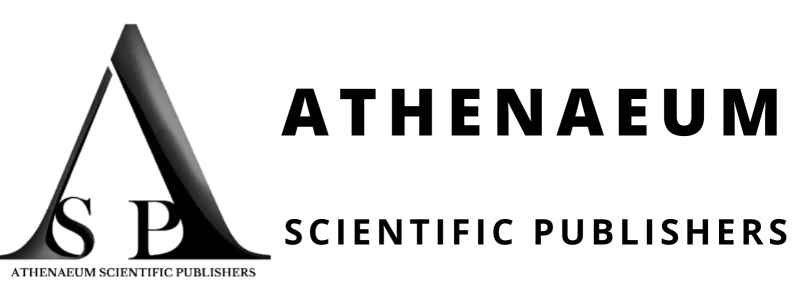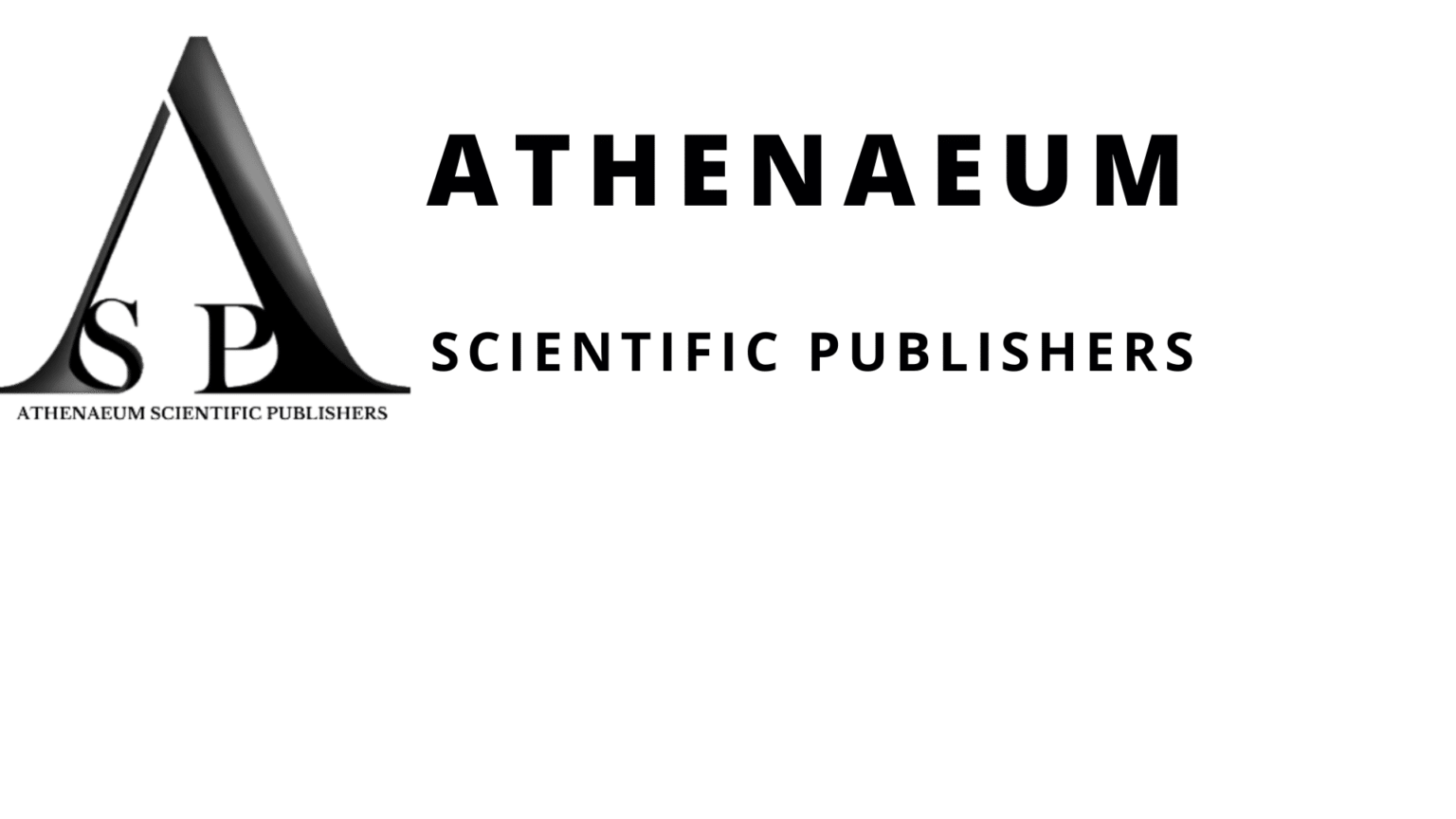Khadija Elboukhari1*, Mounia Bennani1, Sara Elloudi1, Zakia Douhi1, Hanane Baybay1, Fatima Zahra Mernissi1, Afaf Amarti2
1- Department of Dermatology, University Hospital of Fez, Morocco
2- Al Azhar Laboratory of Anatomy pathology, Fez, Morocco
*Corresponding Author: Khadija Elboukhari, Department of Dermatology, University Hospital of Fez, Morocco; Email: [email protected]
Published Date: 22-06-2020
Copyright© 2020 by Elboukhari K, et al. All rights reserved. This is an open access article distributed under the terms of the Creative Commons Attribution License, which permits unrestricted use, distribution, and reproduction in any medium, provided the original author and source are credited.
Abstract
Atypical fibroxanthoma, is an uncommon tumor of fibrohistiocytic mesenchymal origin that occurs on the sun-damaged skin of elderly men. The clinical presentation is a solitary cutaneous nodule. The diagnosis is made by histology and immunohistochemistry. The large excision is the mainstay therapy and the recurrence is possible. We report a case of atypical Fibroxanthoma occurring in the scalp of a young woman.
Keywords
Atypical Fibroxanthoma; Mesenchymatous; Scalp
Introduction
Atypical Fibroxanthoma (AFX) is a rare parenchymatous tumor, it is considered by some authors as a low-grade sarcoma [1]. This cutaneous neoplasm originates from fibro histiocytic mesenchymatous tissue [2]. It affects elderly men, in photo damaged area, such are head and neck. This tumor is characterized by a favorable prognosis and a rare risk of metastasis [3].
Case Report
A young woman of 28 years old, was referred for a solitary nodule of the scalp, evolving since 2 months, without pain or pruritus, the dermatological examination showed a nodule of the frontal scalp of 1 cm size (Fig.1), erythematous and slightly ulcerated, painless. It was superficial, without subjacent involvement. The rest of the somatic examination did not show any abnormalities. In front of this clinical presentation we evocated a proliferating trichilemmal cyst, a squamous cell carcinoma, an achromic melanoma, our patient benefited from a biopsy that showed a proliferation of pleomorphic atypical spindle-shaped cells (Fig.2). In Immunochemistry, the HMB 45 was negative, eliminating an achromic melanoma (Fig. 3), the cytokeratin was negative too eliminating a squamous cell carcinoma (Fig. 4). While the fixation of CD68 (Fig. 5) confirmed our diagnostic of AFX. The patient benefited from cervical ultrasonography that didn’t show any ganglionary involvement, then the tumor was excised with 1 cm margins. The first control was without abnormalities, the scars didn’t show recurrence signs. A regular follow up is conducted for our patient (Fig. 6).
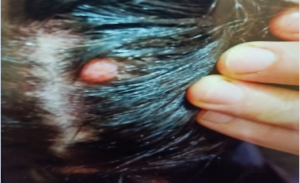
Figure 1: Solitary erythematous superficial nodule of the scalpe.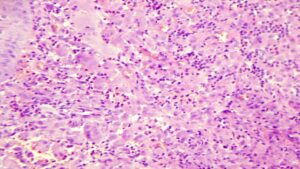
Figure 2: Immunostain HES X200: non epithelial dense proliferation, made by large spindle shaped cells.
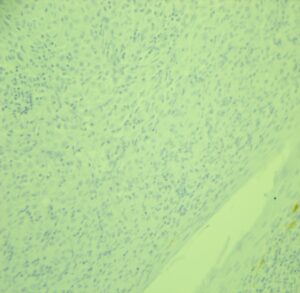
Figure 3: Immunostain X200, negative fixation of HMB 45.
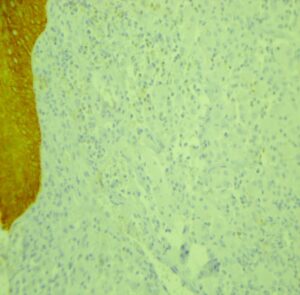
Figure 4: Immunostain X200, negative fixation of cytokeratin.
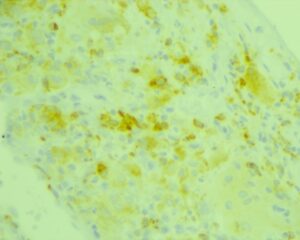
Figure 5: Immunostain X200, positive fixation of CD68 confirming the diagnosis of atypical fibroxanthoma.
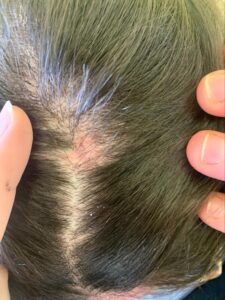
Figure 6: First control after large excision of the tumor.
Discussion
Atypical Fibroxanthoma (AFX) is a rare distinctive cutaneous neoplasm of fibrohistiocytic mesenchymal origin. The oncogenetic background of this tumor demonstrates C-T mutation in P53 and TERT promoter genes which explain the location in actinically damaged skin [4,5]. Moreover, the occurrence of this tumor in patients with xeroderma pigmentosum supports this hypothesis. Radiation, burn traumatism and maybe the risk factor of the occurrence of this tumor [6]. Its pathogeny is still unclear, and it may originate from myofibroblasts or apparent fibroblast cells [7]. Although this tumor affects elderly men, there is a small subgroup of affected younger patients as was the case of our patient [1]. Clinically, AFX appears as a solitary ulcerated nodule, of 1.5-2 cm size, in a sun-damaged area, mimicking a squamous cell carcinoma or basal cell carcinoma as was the case of our patent [1]. Histological features of this tumor include the presence of dense cellularity with haphazardly ranged, atypical spindle-shaped cells just beneath the epidermis, extending to the dermis and hypodermis [2]. However, this description is not specific to AFX, it can be found in the other spindle cell tumors, especially the pleomorphic dermal sarcoma which share a clinical, histological and either immunostain characteristics with AFX [8]. The management of this tumor is a total excision, while the marges are still unprecise. The risk of recurrence is variable through the reported cases and it is ranging from 3 to 20% [8,9].
Conclusion
Atypical Fibroxanthoma (AFX) is a rare neoplasm that may occur in young patients and should be evocated in front of a solitary nodule in the sun-exposed area.
Reference
- Marcet S. Atypical fibroxanthoma/malignant fibrous histiocytoma. Dermatologic Ther. 2008;21(6):424-7.
- Soleymani T, Hollmig ST. Conception and management of a poorly understood spectrum of dermatologic neoplasms: atypical fibroxanthoma, pleomorphic dermal sarcoma, and undifferentiated pleomorphic sarcoma. Curr Treat Opt Oncol. 2017;18(8):50.
- Péron J, Depaepe L, Decroze D, Jaouen A, Dalle S, Balme B. Atypical fibroxanthoma. In Annales de Dermatologie Et De Venereologie. 2014;141(12):786-9.
- Lai K, Harwood CA, Purdie KJ, Proby CM, Leigh IM, Ravi N, et al. Genomic analysis of atypical fibroxanthoma. PloS One. 2017;12(11):e0188272.
- Helbig D, Quaas A, Mauch C, Merkelbach-Bruse S, Büttner R, Emberger M, et al. Copy number variations in atypical fibroxanthomas and pleomorphic dermal sarcomas. Oncotarget. 2017;8(65):109457.
- Iorizzo, III LJ, Brown MD. Atypical fibroxanthoma: a review of the literature. Dermatologic Surg. 2011;37(2):146-57.
- Weedon D. Chapter 34: Tumors and tumor-like proliferations of fibrous and related tissues In: Weedon D, editor. Weedon’s Skin Pathology, Third Edition. China: Churchill-Livingston-Elsevier. 2010:809-44.
- Soleymani T, Aasi SZ, Novoa R, Hollmig ST. Atypical Fibroxanthoma and Pleomorphic dermal sarcoma: updates on classification and management. Dermatologic Clin. 2019;37(3):253-9.
- Huether MJ, Zitelli JA, Brodland DG. Mohs micrographic surgery for the treatment of spindle cell tumors of the skin. J Ama Acad Dermatol. 2001;44(4):656-9.
Article Type
Case Report
Publication History
Received Date: 22-05-2020
Accepted Date: 15-06-2020
Published Date: 22-06-2020
Copyright© 2020 by Elboukhari K, et al. All rights reserved. This is an open access article distributed under the terms of the Creative Commons Attribution License, which permits unrestricted use, distribution, and reproduction in any medium, provided the original author and source are credited.
Citation: Elboukhari K, et al. Atypical Fibroxanthoma of the Scalp in a Young Woman: A Case Report. J Dermatol Res. 2020;1(2):1-5.

Figure 1: Solitary erythematous superficial nodule of the scalpe.
Figure 2: Immunostain HES X200: non epithelial dense proliferation, made by large spindle shaped cells.

Figure 3: Immunostain X200, negative fixation of HMB 45.

Figure 4: Immunostain X200, negative fixation of cytokeratin.

Figure 5: Immunostain X200, positive fixation of CD68 confirming the diagnosis of atypical fibroxanthoma.

Figure 6: First control after large excision of the tumor.
